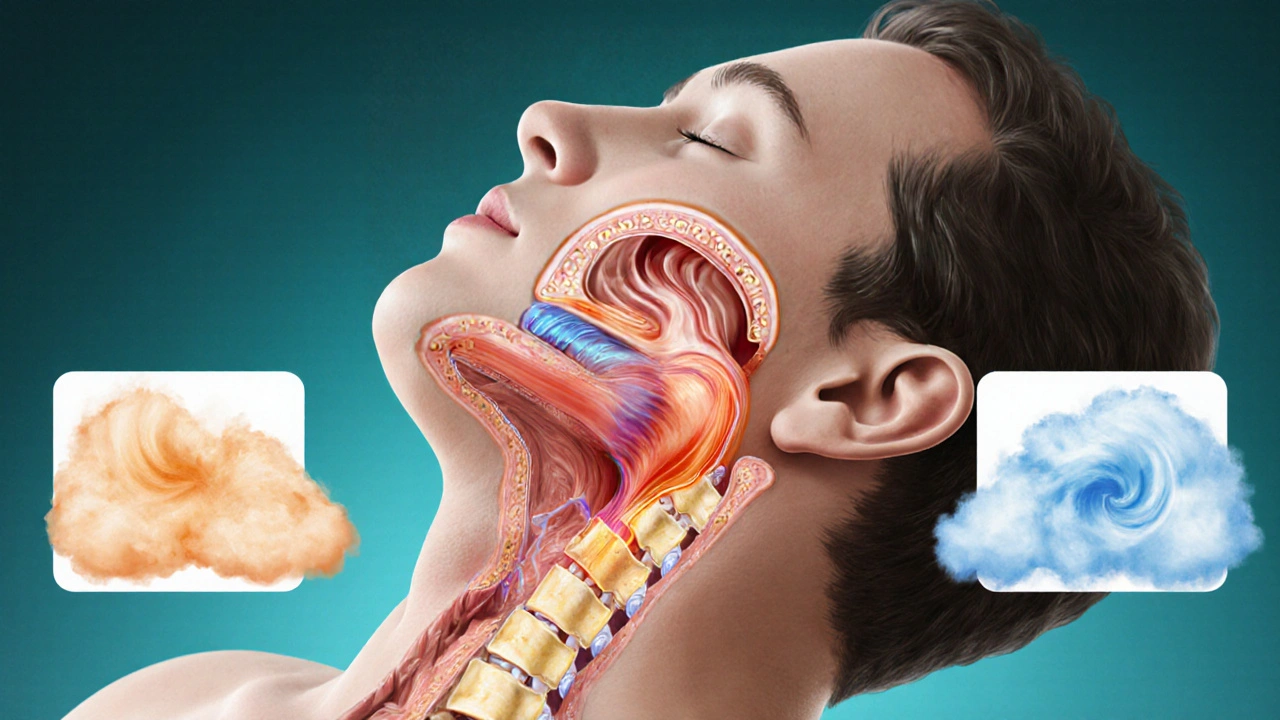CPAP – Your Complete Guide to Continuous Positive Airway Pressure
When working with CPAP, a machine that delivers steady air pressure to keep the airway open during sleep. Also known as Continuous Positive Airway Pressure, it is the cornerstone of modern sleep apnea treatment. In simple terms, CPAP prevents breathing pauses by pushing air through a mask, making sure oxygen flow stays constant throughout the night.
The need for CPAP usually stems from Obstructive Sleep Apnea, a condition where throat muscles collapse and block airflow during sleep. If you’ve ever heard of someone snoring loudly and waking up gasping, that’s a classic sign of this disorder. Treating it with CPAP turns nightly disruptions into restful sleep, which in turn lowers blood pressure, improves mood, and reduces cardiovascular risk.
How Positive Airway Pressure Works and What It Means for You
Positive Airway Pressure, the principle behind CPAP machines is simple physics: a motor creates a gentle breeze that holds the airway open. This pressure is adjustable, so doctors can fine‑tune it to the exact level each patient needs. The right pressure eliminates apneas without feeling like you’re breathing through a straw. It also means you don’t have to rely on medication that might cause side effects.
Choosing the right sleep therapy, a plan that may include CPAP, lifestyle changes, or oral appliances often starts with a sleep study. That test tells the technician how many seconds you stop breathing and how deep your sleep cycles are. With that data, the clinician sets the CPAP pressure, picks a mask style—full‑face, nasal, or nasal pillows—and explains how to clean the device. Proper mask fitting is crucial; an ill‑fitting mask leaks air, reduces therapy effectiveness, and can cause skin irritation.
Beyond the machine itself, good CPAP practice involves routine maintenance. Replace the filter every month, clean the mask weekly, and check the tubing for cracks. Many users also benefit from humidifiers that add moisture, preventing dry mouth and nasal congestion. If you travel, portable CPAP units let you keep the therapy consistent on the road. Remember, consistency is key—using CPAP every night maximizes health benefits and helps your body adapt to a steady breathing pattern.
Now that you have a solid picture of what CPAP does, why it’s prescribed, and how to get the most out of it, the articles below dive deeper into specific topics. From mask selection guides to troubleshooting tips and the latest research on sleep apnea outcomes, you’ll find practical, easy‑to‑apply information that supports your CPAP journey.

